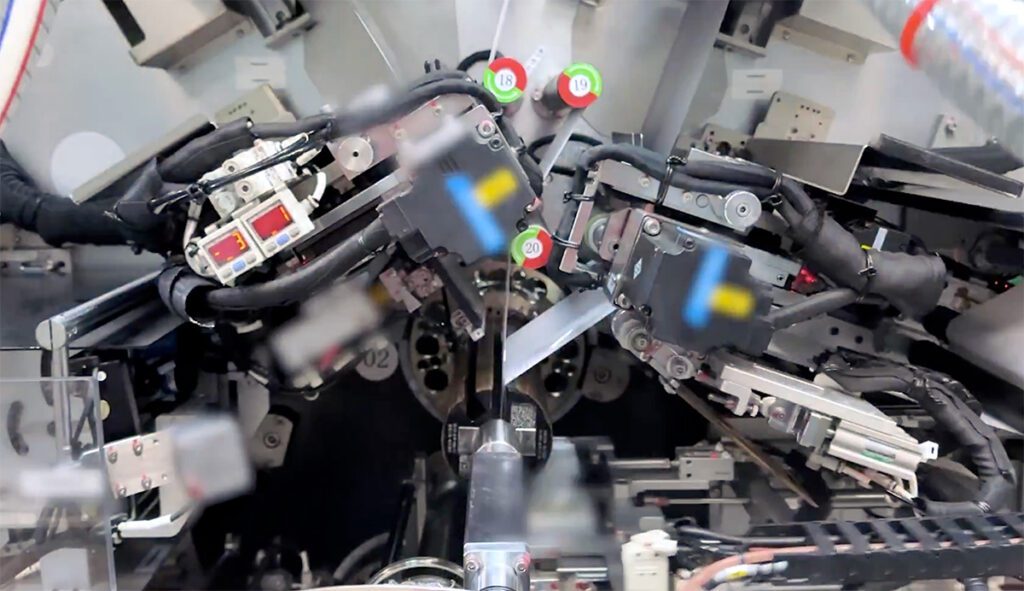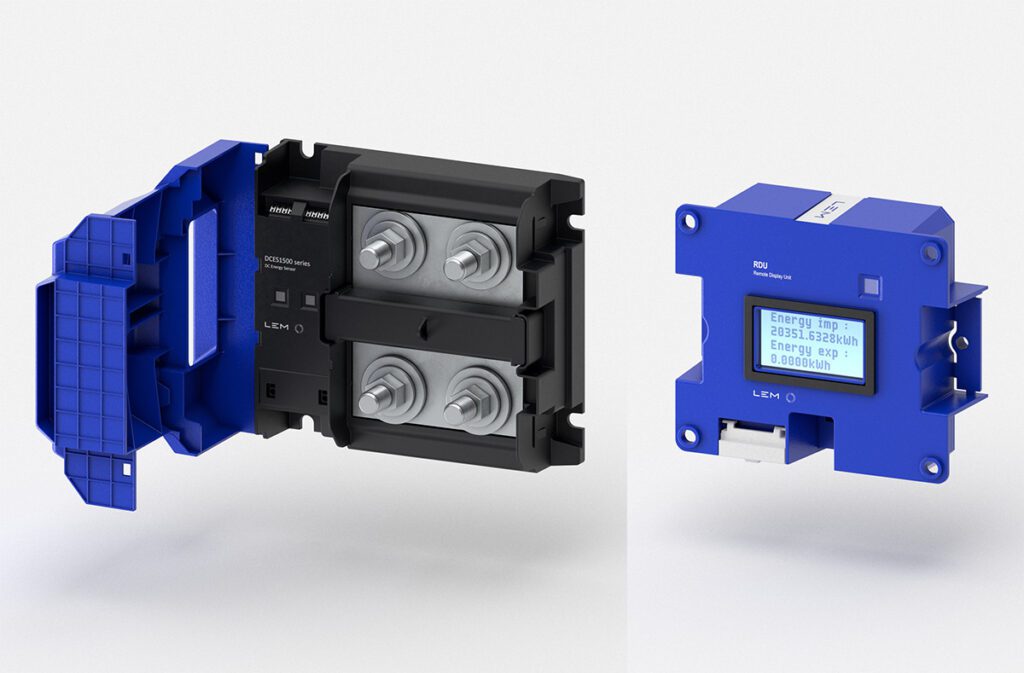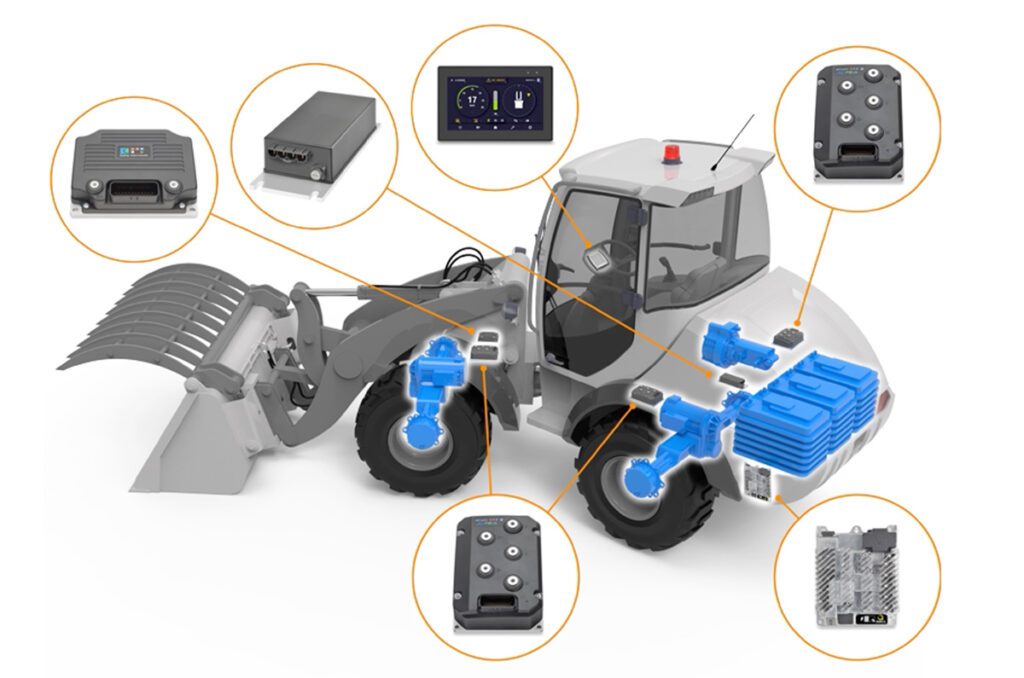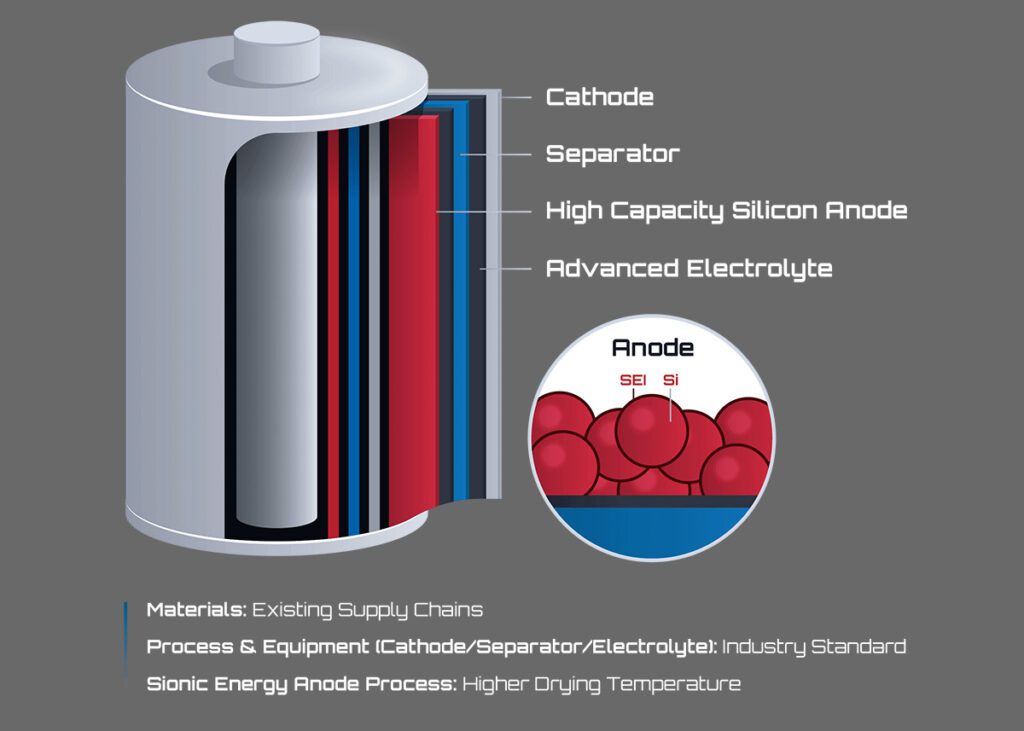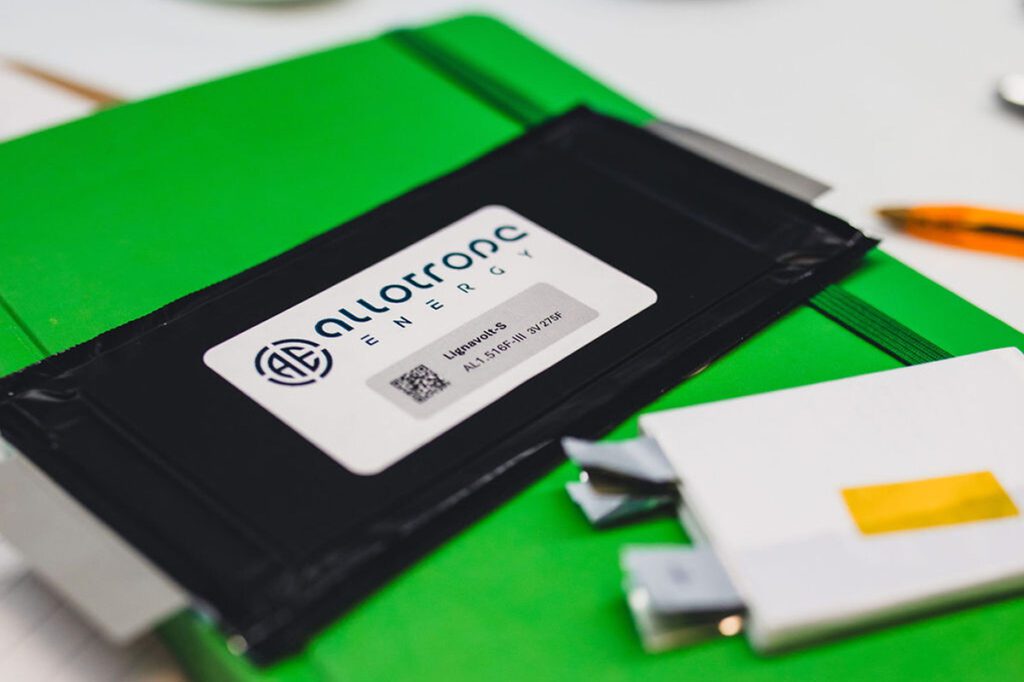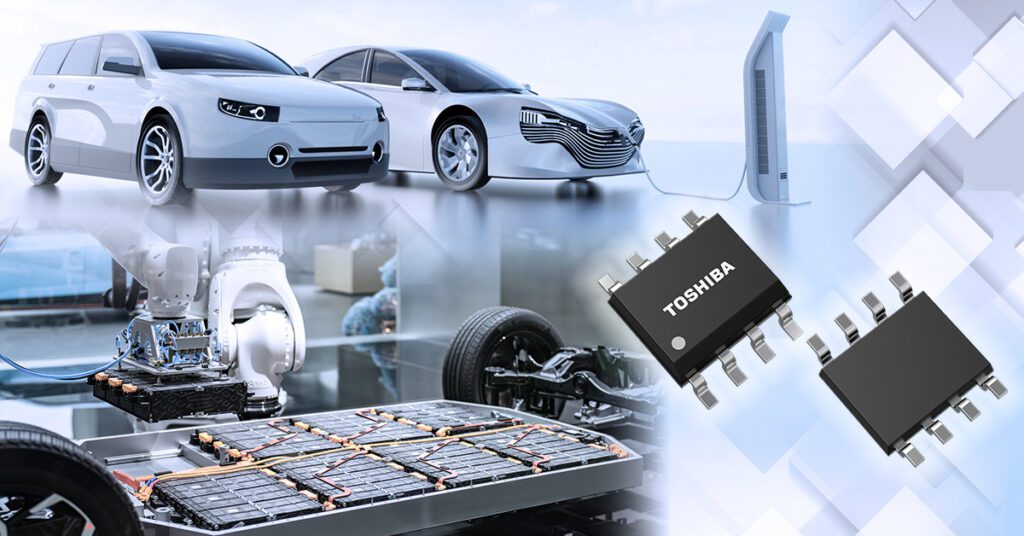When I was a kid, everyone had a favorite Beatle (mine was George). Now I have a favorite Tesla co-founder: JB Straubel. He’s a visionary who converted a Porsche to electric drive and built a solar-powered racer, long before EVs were cool. He’s the engineering genius who personally went through and redesigned almost every component of the Tesla Roadster in a race against time to improve efficiency and reduce cost enough to make the revolutionary EV financially viable. During his 15 years at Tesla, he seems to have sidestepped the infighting and drama that burned out several of the company’s other execs. Now, true to Tesla’s original mission, his company, Redwood Materials, is tackling the critical task of building a global circular battery supply chain.
In a new video interview, courtesy of This Week in Startups, Straubel covers several interesting topics: he takes us back to the early history of Tesla, delivering some pithy quips about the adventures of those freewheeling days; gives us a detailed explanation of Redwood’s battery recycling proposition; delivers a timely warning to automakers about the critical importance of building an EV supply chain; and winds up with a compelling explanation of why lithium-metal batteries hold so much promise.
Electrification is a critical part of our efforts to address climate change, and Tesla forced the auto industry to confront it. Interviewer Jason Calacanis asks what the state of EVs would be today if Tesla had failed. “I think the technology is so compelling that it was going to happen at some point, no matter what,” Straubel replies. “I think it would have taken much longer…and that really matters. We can’t go fast enough in terms of decarbonizing the world. It’s terrifying to realize how screwed up we are, and how far we still have to go.”
Straubel founded Redwood Materials to deal with an unglamorous but absolutely essential aspect of electrification, one that few were paying attention to at the time. If we’re going to build millions of batteries, we’re going to have to deal with the raw materials that go into them in a sustainable way.
Once all cars are electrified, “all the materials that make up those cars are going to be in a closed-loop ecosystem,” says Straubel. “That combined industry is bigger than all of the mining that feeds it, it’s bigger than the parts industries that supply it, and it doesn’t exist today. So, seeing this massive industry that is going to be created—it’s a certainty—and seeing nothing happening yet, that was part of the really compelling reason to jump into Redwood.”
A sustainable circular supply chain includes not only recycling batteries at the end of their lives, but also managing waste during manufacturing. Straubel explains that, of all the material that goes into the production process, as much as 10% doesn’t end up being part of the car. The existing system for recycling scrap is extremely inefficient, often involving shipping materials back and forth between continents on carbon-belching ships. Building an EV does have a significant emissions footprint, and localizing the recycling of scrap might reduce that footprint by as much as half.
Legacy automakers have been making bold pronouncements of late about ramping up production of EVs, and a couple of the more forward-looking ones are moving to build the battery plants that will be needed. Looking further upstream reveals that securing supplies of raw materials will be a colossal challenge. Contrary to the scare stories promulgated by the press and the purveyors of petroleum, neither lithium nor any of the other critical materials used by EVs are particularly scarce—the problem is the time required to scale up mining operations (there are also environmental and social justice issues).
“The whole industry…from searching for it to developing it to refining it, needs to scale, and it takes too long,” says Straubel. “Some of these mines take 8 years to go from exploration to production. It’s a very slow process. Maybe we can cut that in half, or do some dramatic things, but as you do that, you start to cut environmental corners, and you’re pushing into more sensitive areas, so there’s no free lunch there.”
Of course, that’s where Redwood Materials comes in. “This is one reason that I’m so excited about going after every little bit of recycled material we possibly can, because it is the lowest-hanging fruit. It’s the lowest cost, the lowest emissions, and has the least disruption to everything else going on. Every atom of that should be recycled.”
Straubel tells us that 90% of the batteries in consumer devices don’t get recycled. As he has said before, the most cost-effective source of lithium today would not be new mines, but Americans’ junk drawers. Would you believe that a few hundred iPhones can provide enough cobalt to supply an entire new Tesla battery pack? Jason and JB agree that we need a global “call to arms” to start getting that junk shipped to recyclers like Redwood.
JB also has some encouraging comments about the emerging technology of solid-state batteries. He sits on the board of QuantumScape, a California developer of solid-state lithium-metal batteries that has attracted major investments from Volkswagen, Chinese automaker SAIC, Tier 1 auto supplier Continental, and others. (Charged will present an online conference with QuantumScape’s Vice President of Product, Will Hudson, on October 18.)
“Fundamentally, these are still lithium-ion batteries—the chemistry…is very similar,” Straubel explains. “The big difference is in the anode material and the separator. In the anode, instead of having something like graphite or silicon where you have to store the lithium inside of a matrix of carbon or silicon oxide, you can instead store it as metallic lithium—literally a sheet or a film of lithium. To do that usually requires some really interesting changes to the separator and the electrolyte, whether it’s a ceramic or whether it has different characteristics that allow that lithium to be a metal. So that’s really the main structural change that’s happening.”
Will it work? “I think it will work. The performance, from QuantumScape in particular, that I’ve seen is really, really good. The science of it is robust, the performance is amazing. Manufacturing of it is really difficult, so…the whole set of technologies has to get scaled, it has to be made robust, and made at the right price point. I’d rather bet on that than [on a new chemistry]. I do think this is an important part of the future of batteries.”
Solid-state batteries could deliver higher energy density (both in terms of mass and volume), and much faster charging times. “The lithium doesn’t have to find its way into that matrix of graphite—that’s kind of a traffic jam for it, and you avoid that. What’s possible and demonstrated at small scale is incredible. You’re basically back to a couple minutes charge times.”
How soon will we see this technology in vehicles? “I think it’s a few years away—this is not going to be the 2023 models or something like that. It has to mature and it has to get scaled to gigawatt-hours per year. But it’s so compelling. This paints a road map out several decades where it’s already sort of a no-brainer that everything will be electric, and then when you overlay technology getting much better and cheaper, then it’s absolutely assured.”
Source: This Week in Startups








































